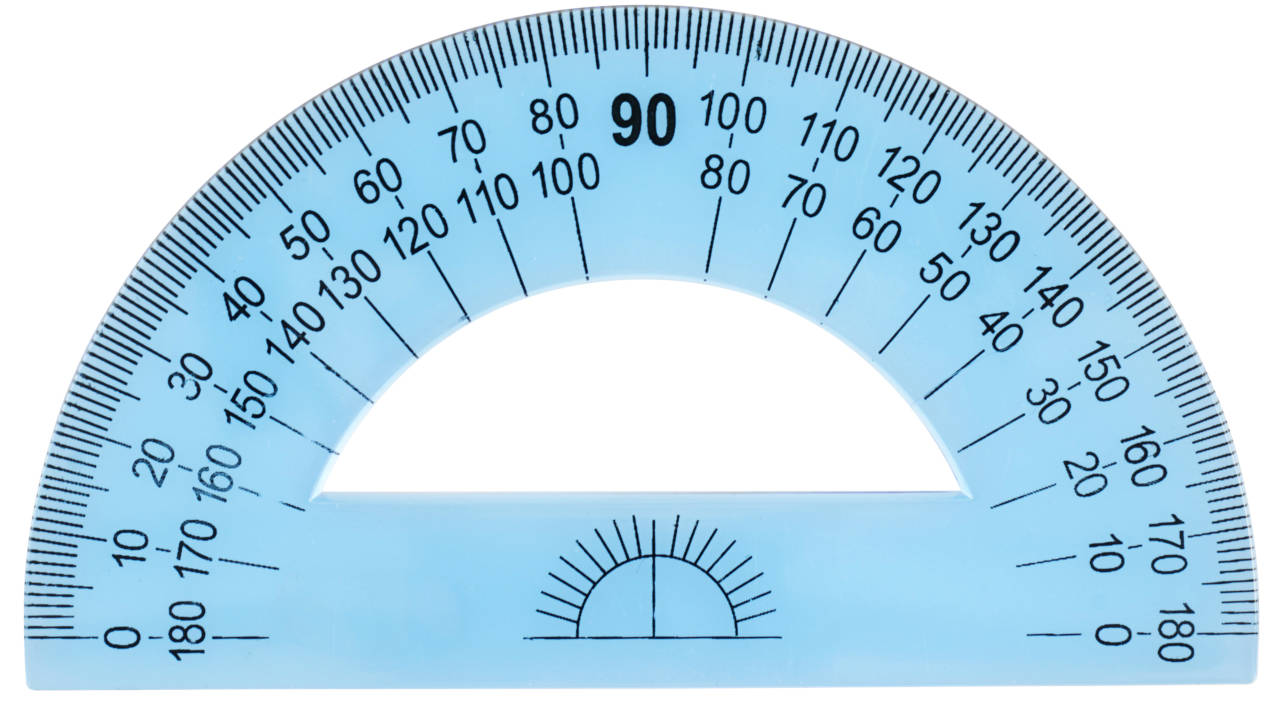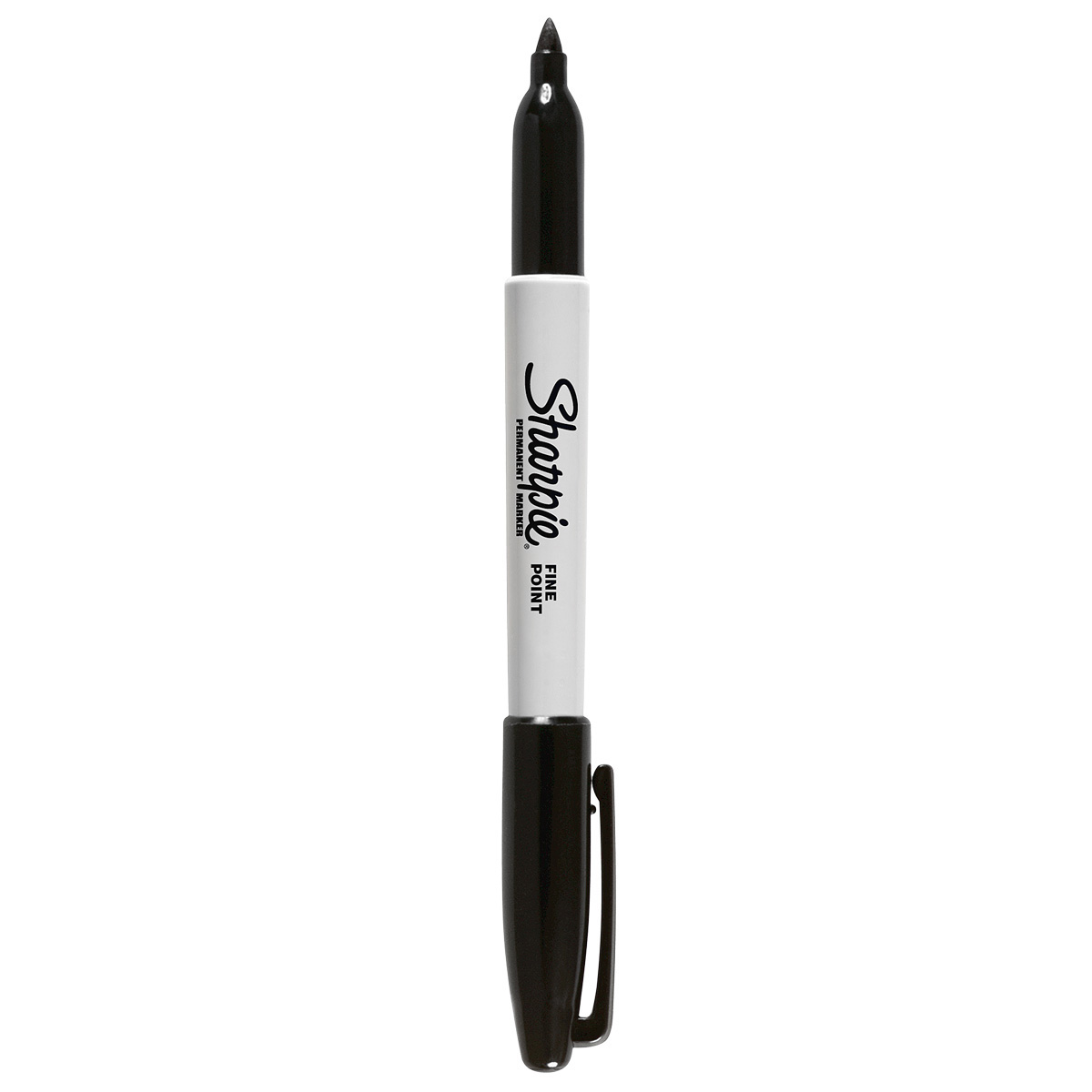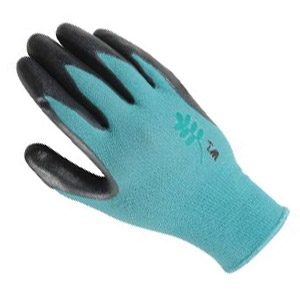PART IV:
There are necessary tools for hoof trimming, ones that are good to have, and some that are very optional. Having the right tools is important, and economy in buying hoof trimming tools can make your work a whole lot harder, and maybe as expensive in the long run if you have to keep replacing cheap tools.
The three most basic tools you need are a rasp, a hoof knife, and some kind of small measuring stick. If your horse grows hoof wall fast, or has very thick, strong walls, you will find a pair of nippers are important also. I won’t say nippers are necessary, because you can do nearly everything with a rasp that you can with nippers – it just takes longer. If you are trimming a miniature horse or small pony, nippers are not necessary at all.
There are a few good brands of rasps, and you can get a great rasp for around $20. Bellota, Heller, Bassoli, Save Edge, Vallorbe are all good rasps that can be found at many farrier supply stores online.
Certain brands such as Diamond are known for making cheaper supplies that often don’t work as well. However, a Diamond rasp will cost the same price as a higher quality brand, so my thought is you may as well get the better brand that will last longer. That being said, rasps are one tool where you won’t notice much difference between a cheaper brand or a more expensive one. Any rasp should work fine. Get a handle for your rasp and it will help you grip it better.

Rasps always have a fine side and a rough side.
I just use a basic wooden handle, but there are other more ergonomic kinds you can buy. Rasps can be sharpened, but I generally only use two per year so just buy new ones.

A good hoof knife is essential. Cheap hoof knives found in most feed stores are usually too wide, too long and too flimsy to do much good. They will often get dull after one or two trims.
I like F. Dick hoof knives. These German knives will stay sharp for at least several trimmings, and can easily be resharpened again. Bloom Forge is another good brand.
A good hoof knife usually costs around $35-$45 and if you’re trimming just your own horse or horses, will last for several years if taken care of.
The best knives are made of carbon steel. Stainless steel knives are easily sharpened, but will not hold an edge.

My go-to knife is a loop knife; it is short enough to get into any crevice and can trim off frog flaps or straighten bars with ease. A loop knife can be used as a left or right handed knife…otherwise be sure to get a knife made for your dominant hand.

For my measuring stick, I usually use a plastic protractor. Very cheap, small, and it is thin enough to press against the sole very easily.

If you know how long your thumb joint is, you may not need a measuring device. Some peoples’ last thumb joint to the end of the thumb is exactly one inch, so that can be used to measure the hoof breakover. You might want to have another measuring stick, however, so you can check on your sole depth once in awhile.
Moving on to tools that are more optional but great to have:
If you have a good pair of hoof nippers, you will love them. Your basic feed store nippers are bulky, heavy and difficult to use. Below is an example.

Good nippers such as the Lopez or Mustad nippers pictured below have very thin cutting edges and less bulk. They will easily balance in your hand. I have a small pair of Lopez nippers since I have small hands, and I can hold them open in one hand, line up the cut I want to take and often cut the wall through with just that one hand. They will go through hundreds of trims without getting dull. I’ve trimmed with mine for over five years and never sharpened them, and they’re missing a small piece along the blade where I threw them down against a rock. They still cut very well. They are beginning to get rusty now, and I’ll replace them because of the rust before they are too dull to use.
Cheap nippers are only around $30, and a mid-range pair such as Mustad will be around $80-$100. The Lopez nippers pictured below are around $190. Personally, I’d rather just buy a $190 pair that will last 5+ years and be super sharp every trim instead of getting a new pair of $30 nippers every year and struggling every trim. Or maybe the best bargain yet would be to get a pair like the Mustad and have them last and stay sharp for a few years at a mid-range price.


Another tool that is great to have is a radius rasp. They’ve just come out with these tools in the past few years, and they make it very easy to round out the edges of your hoof wall. They cost around $40 so are definitely an optional item; they make your life easier but you can do the same exact thing with a rasp.

Hoof stands are very nice to have but not necessary. The most common kind you see has the option of a hoof cradle or stand, and a wide base of support. This type is expensive at around $175. Every barn I’ve boarded at has at least one or two of these, and no one has ever minded if I borrowed theirs. Most horses I’ve trimmed won’t keep their hoof in the cradle for long, so I have not used that part much. I find the stand useful for trimming flares off from the top or outside of the hoof.
If you don’t need the hoof cradle, you can get a much cheaper hoof stand without it. This one is $32 from Valley Vet. Or you can make your own: my friends made me one similar to this by bending two pieces of rebar. Add a pipe cap over the top and you have a decent hoof stand.
Sharpie pens come in handy for marking areas on the hoof such as where you want to trim down to or back to.
 I’m putting gloves into the optional category, but without a pair of gloves you will rasp down your thumb joints and fingers until they are all scarred up. This still is often not enough incentive for me to remember to put my gloves on. Leather gloves are great, but if you don’t get enough feel you can use gardening gloves – just be aware that the rasp might go through the cloth parts quite easily.
I’m putting gloves into the optional category, but without a pair of gloves you will rasp down your thumb joints and fingers until they are all scarred up. This still is often not enough incentive for me to remember to put my gloves on. Leather gloves are great, but if you don’t get enough feel you can use gardening gloves – just be aware that the rasp might go through the cloth parts quite easily.

Of course it goes without saying that you need a hoof pick with a brush (or separate brush) to clean off the hoof before trimming.
If you bought a couple rasps per year, a hoof knife, a pair of Lopez nippers, a radius rasp, and a cheaper hoof stand, your cost over two years to trim one horse would be around $380. That cost would be the same even if you trimmed two or three horses. If a farrier comes out every 6 weeks and charges $30 a trim, that’s about 16 trims in two years. In two years, that many trims would cost you about $520. If you have more than one horse, the farrier fees would go up but your own trimming costs wouldn’t because you can use the same tools. Maybe you’d buy one more rasp per year.
Cost might be one reason people would opt to trim their own horses. There are many other benefits, however. Trimming the same hooves over a period of time makes you very familiar with every small issue the hooves have and how they tend to grow. Soon you will be doing a much better job than any farrier you’ve hired in the past, and you will also know your horse’s behaviors which can make trimming less stressful for both you and the horse.
You also don’t have make appointments or wait around for the farrier to arrive, and you can plan around the weather. You can squeeze a couple hooves in one day and trim a couple more the next. So it can be very convenient, especially since most people have to spend that same time with the farrier even if he or she is trimming the hooves for you. As well, I’ve had farriers that were very out of shape and took long rest breaks between each hoof, or that spent a lot of time chatting which was all fine unless I had limited time available.
